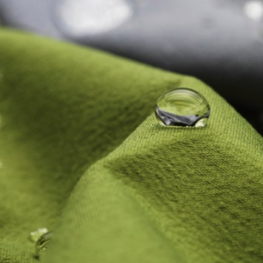Determined by the increased speed with which nowadays it is possible to manufacture garments and accessories, and consequently fashion is delivered to consumers, paralleled by a significant fall in prices, in only a few decades a rise of 40% of the amount of clothes bought per person in the EU has been registered, causing fashion clothing purchasing habits to shift to clothing consumption habits. All processes involved – raw materials production, fiber spinning, textiles weaving, dyeing and finishing – require enormous amounts of water and chemicals, as well as energy, with the majority of clothes production taking place abroad.
In order to reduce the textile industry’s environmental impact, a variety of aspects has to be carefully considered and efforts should be aimed at implementing or increasing recycled contents and/or biobased contents from easily and sustainably renewable resources, implementing or improving sorting and recycling technologies and processes, as well as wastewater-related good practices, reducing the use of toxic substances and processes and enabling virtuous EOL (end of life) options.
Keywords: Reduced environmental impact textiles, sustainable textile products, sustainable textile manufacturing, textile life cycle, reduced environmental impact fibres, yarns and textile products, reduced environmental impact dyes and dyeing processes, reduced environmental impact finishes, reduced environmental impact end-of-life options







